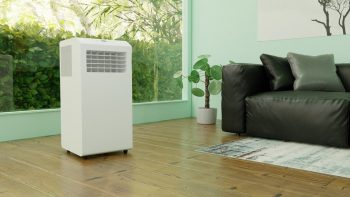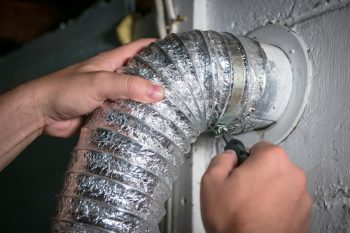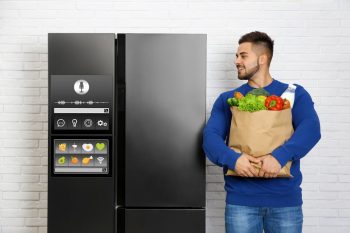
The oven is the heart of baking and roasting—whether using a gas or electric oven, having an even temperature throughout the oven is critical to achieving the best result.
However, the temperature fluctuates in the oven, which can be a nightmare when cooking temperature-sensitive recipes. The temperature is often high at the bottom of the oven.
But why is the temperature high at the bottom of the oven?
There are several reasons why the temperature of your oven is high at the bottom. It could be due to the normal working principle of the oven, an error on your side, or a faulty oven.
The reasons the temperature of the oven is high at the bottom are because:
- It is closer to the heat source.
- Conduction.
- Defect with the heating element.
- The position of the thermostat.
- Leaving the oven door open.
- The oven fan is not working.
In most conventional or regular ovens, the heat starts at the bottom, and the hot air rises to fill the cavity.
In this article, you will learn why your oven’s temperature is inconsistent. We will explain why the heat is often concentrated at the bottom and what you can do to make the heat spread evenly.
Reasons the Temperature Is Higher at the Bottom of Your Oven
There are different types of ovens with varying working principles. Generally, you can choose between a fan-assisted oven and a convention-operated oven.
With the conventional oven, the heat starts at the bottom, and then the hot air rises, which takes a while, thus creating hot and cold zones in the oven. But with a fan-assisted oven, the fan spreads the heat evenly in the oven.
Below we explain why the temperature of your oven might be higher at the bottom.
1. Closer to the Heat Source

Most ovens come with one heating source. Whether it is an electric or gas-operated oven, the heating element is often placed at the bottom of the oven. As a result, turning on the heat heats the air at the bottom first.
But after a while, the heat travels to the top because as the temperature of the air increases, it expands, which increases its volume making it less dense. If you leave the oven operating for some time, the top of the oven will eventually become hotter because the cold air is forced to the bottom.
2. Conduction

While the heat in the oven travels because of convection, you should also consider that heat travels through conduction. The heat at the bottom of the oven is in direct contact with the oven’s body.
The laws of conduction explain that heat will travel from the hotter point to the colder end. As such, the bottom of the oven, which is closer to the point of contact with the heating source, gets hot first before traveling to the top of the stove.
Moreover, don’t forget that heat is lost as it travels through a distance.
3. Defective Heating Element
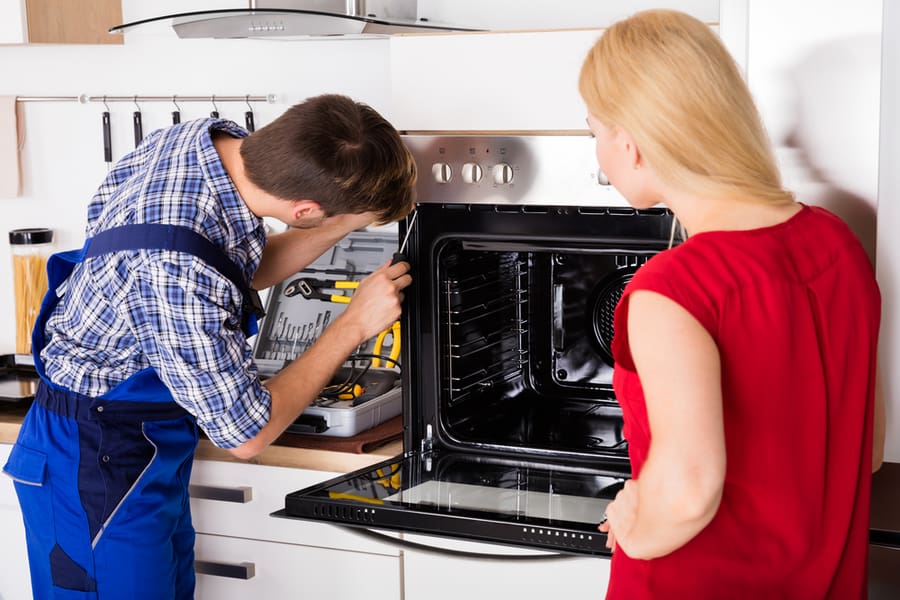
If you have an oven with a dual heating source, the top and bottom are meant to be the hottest points in the oven. But if the heating element at the top is faulty, that might explain why the temperature is higher at the bottom.
If you want to be sure, turn on the oven, and inspect and take temperature readings of the heating elements. If the top heating element does not produce heat or the temperature is lower, you should contact a professional for assistance in fixing it.
4. Position of Thermostat

With the advent of thermostats in oven designs, bakers can ease their minds when baking without worrying the temperature will go overboard. With the thermostat, the oven does not always stay on but only emits intermittent bursts of intense heat as the thermostat regulates the heat.
But the thermostat of most ovens is placed in the middle or on top of the stove. As a result, the oven will have to heat the air at the bottom; the air rises to the position of the thermostat before it trips off.
5. Door Is Open

Leaving the oven door open is another reason the temperature at the bottom is high. When you leave the door open, instead of the hot air rising to the top of the oven, it escapes to the surrounding, replacing it with cold air.
The oven has to be an enclosed area for the heat to be evenly distributed.
As such, leaving the door open makes it impossible for the heat to be distributed evenly throughout the oven, which leaves the bottom hot and other spots cold.
6. The Oven Fan Is Not Working
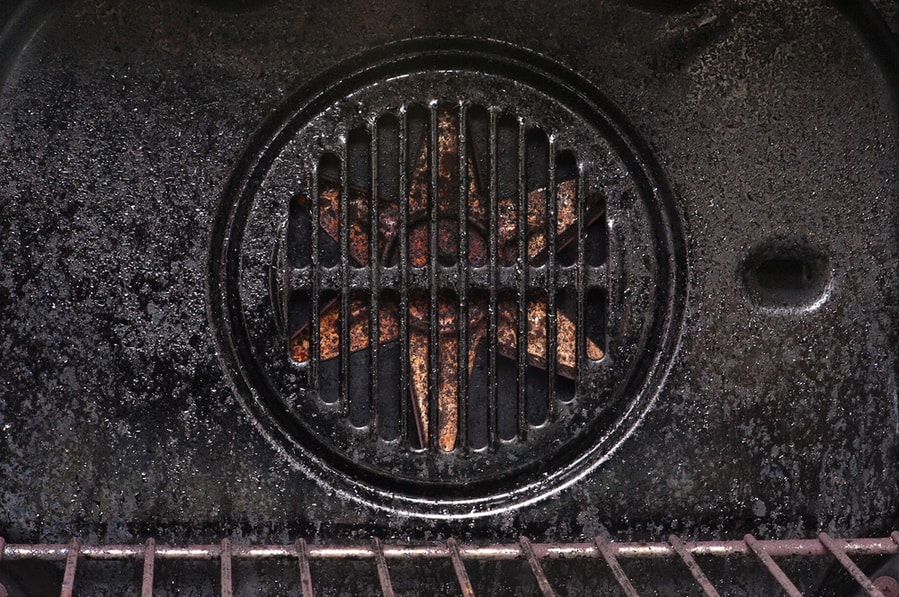
While it is arguable that a fans-assisted oven is the best type of oven because the fan disperses the heat evenly in the oven by mixing the heat. As such, the temperature is even in the oven, making it cook faster, not because of additional heating elements.
But when the fan is not working, you will end up with cold and hot spots. When you turn on the oven, but the fan remains off throughout, it’s a sign you may need assistance from a technician to inspect and fix the issue with the fan.
Conclusion
Overall, the bottom of an oven will be hotter when you just turn it on. But as the heat rises, the side and top of the stove tend to gain more temperature. Some bakers amend the uneven heat in the oven using a fan-assisted oven.
But if a fan-assisted oven is on the pricey edge for you, consider placing a baking stone on the lower rack of the oven as it preheats. The stone acts as a heat sink, lessening the effect of hot spots and temperature fluctuation in the oven.
Frequently Asked Questions
Which Rack of a Conventional Oven Cooks Faster?
Food placed at the top rack cooks faster. While the bottom of the oven gets hot first, as the hot air starts to move upwards, it makes the top of the oven hotter. And when the thermostat turns off the heat at the bottom, the top of the oven remains hotter.
What Part of the Rack Is the Hottest and Why?
An oven rack is the hottest, close to the heating source. As such, placing anything near the side, at the top or bottom racks, will brown faster. The best place to place items is at the center of the rack and the center position of the over.

